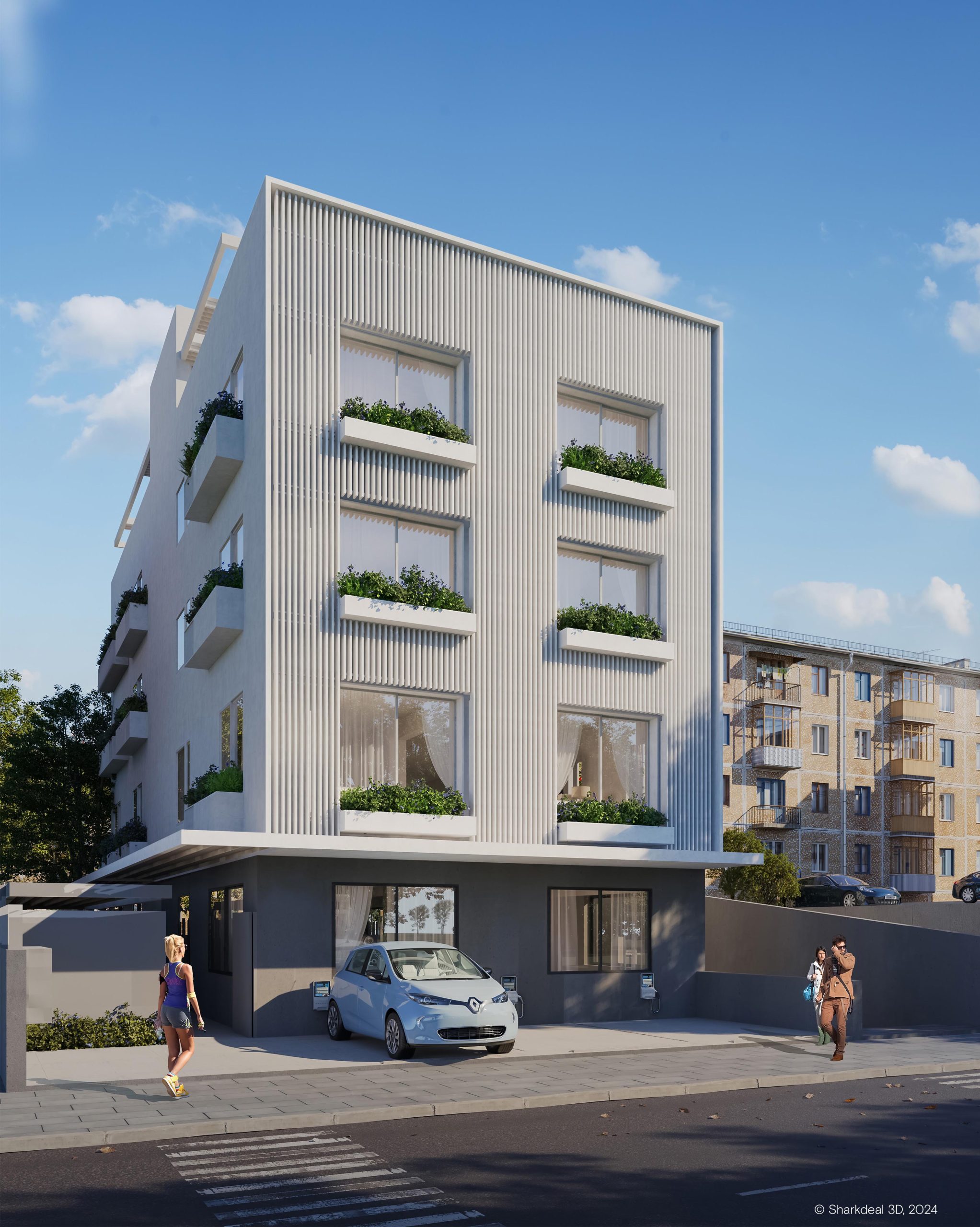Originally built in the 1970s as a small packaging facility, this building in Galatsi, Athens, has been transformed into a sustainable co-living hub tailored to digital nomads. The design reimagines urban living by dedicating over 40% of its program to communal functions—co-working areas, meeting rooms, a gym, and a rooftop lounge and cinema. The 24 housing units follow three modular typologies (16–30 m²), with standardized components for beds, kitchens, and bathrooms to ensure flexibility and a

